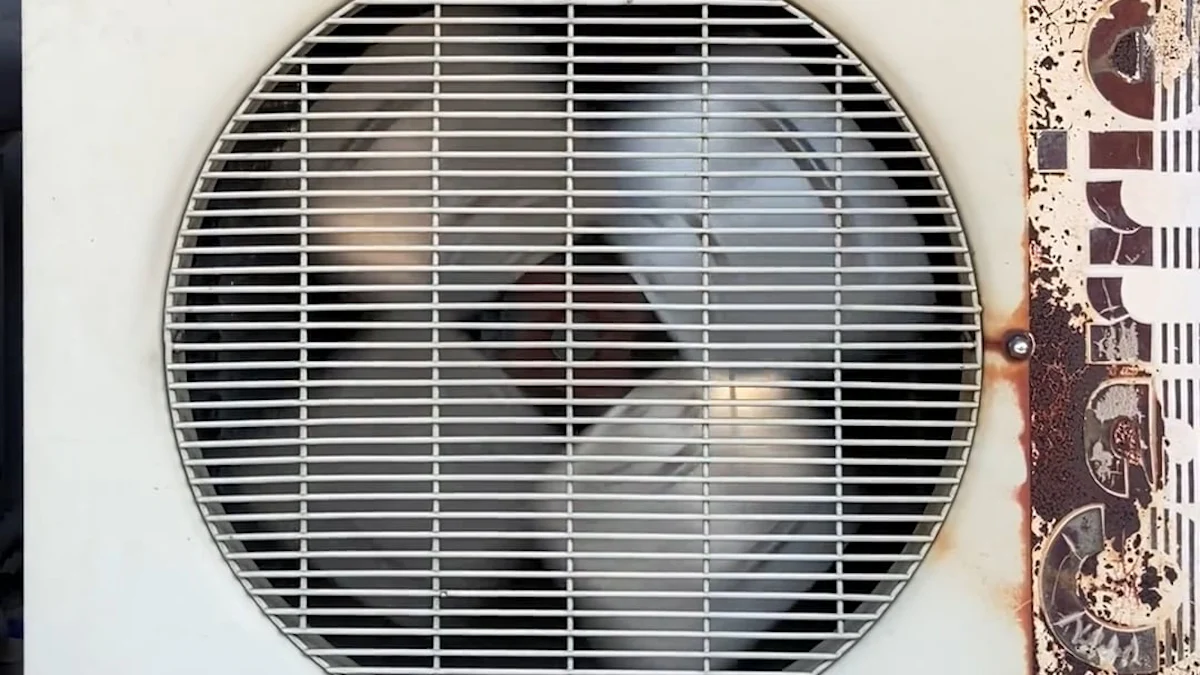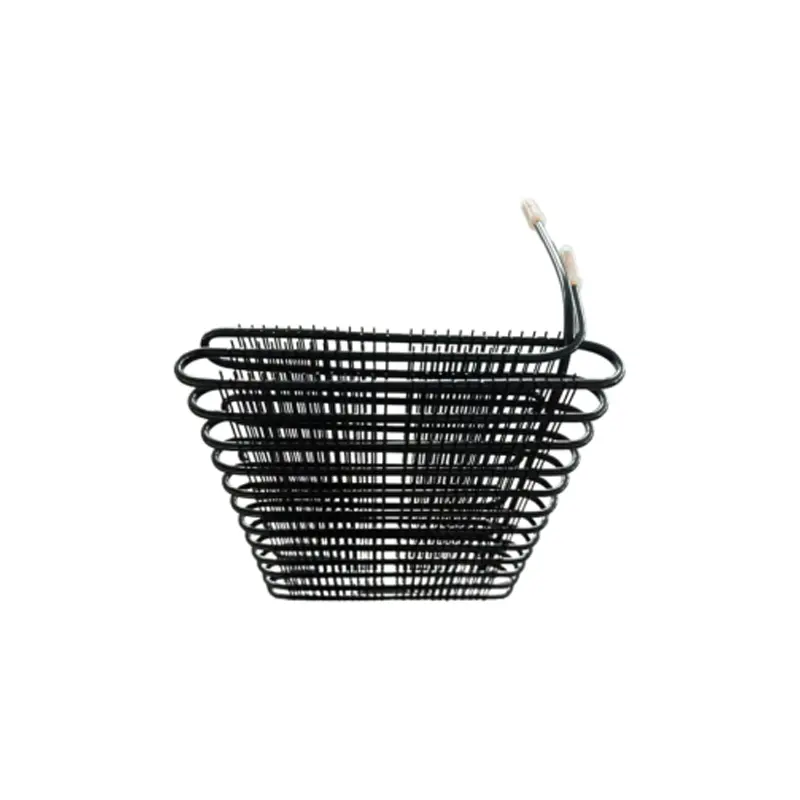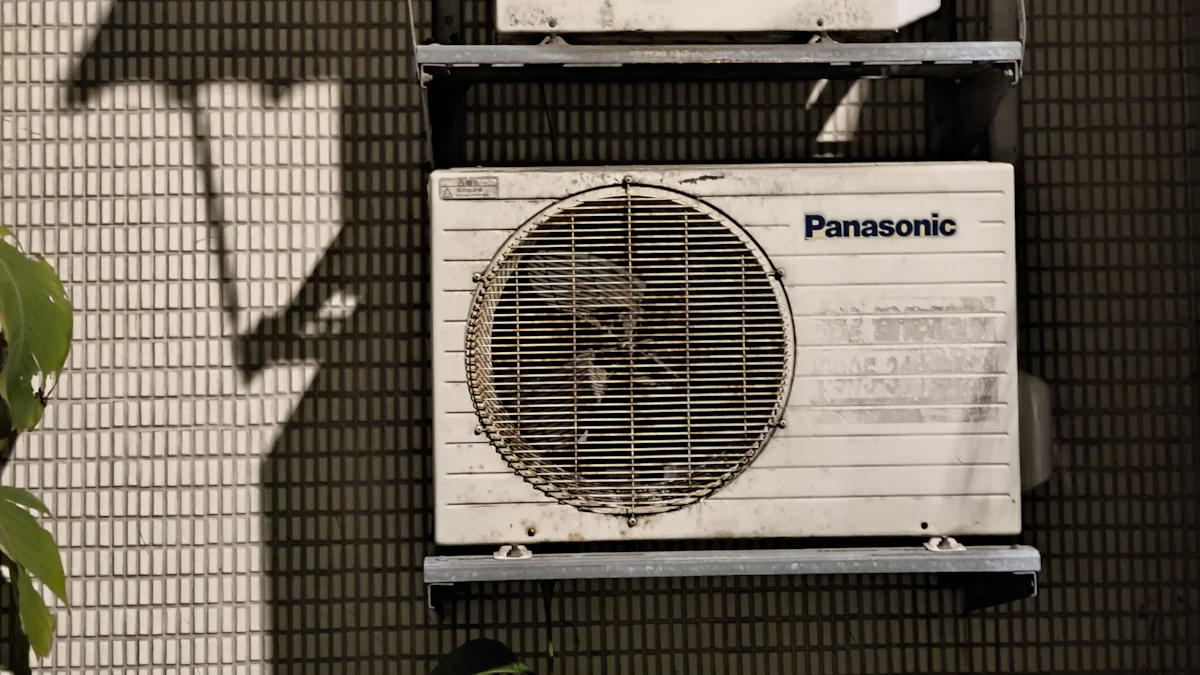Top 5 Features of Wire Tube Condensers

I’ve always found wire tube condensers to be essential in cooling and refrigeration systems. Their unique design ensures efficient heat dissipation, which improves overall performance. These condensers reduce energy consumption, making them both cost-effective and eco-friendly. Built with corrosion-resistant materials, they last longer and require minimal upkeep.
Here’s what makes them stand out:
- Efficiency: Superior heat transfer and energy savings.
- Durability: Reliable performance in tough conditions.
- Cost-effectiveness: Affordable to install and operate.
- Compact Design: Saves space and simplifies installation.
- Low Maintenance: Reduces downtime and upkeep efforts.
Wire tube condensers are a smart choice for refrigerators, freezers, and more.
Key Takeaways
- Wire tube condensers move heat well, keeping appliances cool efficiently.
- Strong materials like copper and steel make them last longer.
- They are cheap to install and save energy over time.
- Their small size fits easily into tight spaces for many uses.
- They need little care, cutting downtime and saving on repairs.
- These condensers save energy, lowering power bills and lasting longer.
- Their light weight makes them easy to install, saving time and money.
- They work in fridges, freezers, and medical cooling machines.
Efficiency of Wire Tube Condensers

Superior Heat Transfer
I’ve always been impressed by how wire tube condensers achieve exceptional heat transfer. Their design plays a big role in this. Copper tubes, arranged in a coil or serpentine pattern, allow heat to move quickly from the refrigerant to the surrounding air. Copper is known for its excellent thermal conductivity, which means it can transfer heat faster than many other materials.
The addition of steel wires enhances this process even further. These wires provide structural support and increase the surface area available for heat exchange. This larger surface area allows the condenser to dissipate heat more effectively. The open design of wire tube condensers also promotes better airflow around the tubes. This airflow ensures that heat is carried away efficiently, keeping the system cool and running smoothly.
When I think about cooling systems like refrigerators or freezers, I realize how important this superior heat transfer is. It ensures that the system operates at its best, even under heavy use.
Energy Efficiency in Applications
Wire tube condensers stand out when it comes to energy efficiency. Their ability to optimize heat transfer means they require less energy to maintain cooling. This is a big advantage, especially for appliances that run continuously, like medical refrigerators or display cabinets.
Compared to other condenser types, wire tube condensers perform better in terms of energy savings. Experts have found that their heat transfer coefficient is about 50% higher than plate condensers and 10%-15% higher than louver condensers. This higher efficiency translates to lower energy consumption and reduced utility bills.
Another reason for their energy efficiency is their design. The open structure and enhanced airflow reduce the workload on the cooling system. This means the compressor doesn’t have to work as hard, which not only saves energy but also extends the lifespan of the equipment.
I’ve seen how these features make wire tube condensers a preferred choice for many applications. Whether it’s a wine cabinet or an ice maker, these condensers help keep energy costs low while delivering reliable performance.
Durability of Wire Tube Condensers
High-quality Materials for Longevity
I’ve always believed that the materials used in a product determine its lifespan. Wire tube condensers are no exception. Manufacturers carefully select materials to ensure these condensers last for years.
Copper is one of the most common materials used. Its excellent thermal conductivity allows it to transfer heat quickly, which improves efficiency. Copper also resists corrosion, making it ideal for long-term use. Aluminum is another material often chosen. It’s lightweight, which makes the condenser easier to handle and install. Despite being light, aluminum remains strong and durable.
Steel plays a crucial role in the construction of wire tube condensers. Steel wires provide structural support and enhance durability. Stainless steel, in particular, stands out for its corrosion resistance. This feature ensures the condenser performs reliably even in harsh or corrosive environments. I’ve seen how these materials work together to create a product that can withstand the test of time.
Consistent Performance in Demanding Environments
Wire tube condensers are built to handle tough conditions. I’ve noticed their ability to maintain consistent performance, even in demanding environments. This reliability makes them a popular choice for various applications, from medical refrigerators to ice makers.
The robust construction of these condensers ensures they can operate effectively in extreme temperatures. Whether it’s a freezer in a hot kitchen or a medical refrigerator in a cold storage facility, wire tube condensers deliver steady cooling. Their open design also helps. It allows for better airflow, which prevents overheating and ensures the system runs smoothly.
I’ve also observed how these condensers resist wear and tear. The use of corrosion-resistant materials like stainless steel means they can handle exposure to moisture and other challenging conditions. This durability reduces the need for frequent replacements, saving both time and money.
When I think about the demands placed on cooling systems, I realize how important durability is. Wire tube condensers meet these demands with ease, providing reliable performance day after day.
Cost-effectiveness of Wire Tube Condensers
Affordable Production and Installation
I’ve always appreciated how wire tube condensers offer a balance between quality and affordability. Their production process uses materials like copper, aluminum, and steel, which are widely available and cost-effective. This availability keeps manufacturing expenses low without compromising performance.
When it comes to installation, I’ve noticed that wire tube condensers don’t require specialized tools or complex procedures. This simplicity reduces labor costs and speeds up the installation process. For example, the average cost of installing wire tube condensers is around $600,000, which is comparable to other condenser types. This consistency in installation costs makes them a practical choice for businesses looking to manage expenses.
Another factor that contributes to affordability is their lightweight design. Lighter components are easier to transport and handle, which further reduces logistical costs. Whether it’s for a medical refrigerator or a display cabinet, wire tube condensers provide a cost-effective solution for various applications.
Long-term Operational Savings
I’ve seen how wire tube condensers deliver significant savings over time. Their energy-efficient design reduces electricity consumption, which lowers utility bills. This is especially important for appliances that run continuously, like freezers or dehumidifiers. Over the lifespan of the equipment, these savings can add up to a substantial amount.
Durability also plays a key role in long-term savings. Wire tube condensers are built to last, thanks to their corrosion-resistant materials and robust construction. This durability minimizes the need for frequent repairs or replacements, saving both time and money. I’ve observed how this reliability ensures uninterrupted operation, which is critical for businesses relying on consistent cooling performance.
Maintenance costs are another area where wire tube condensers excel. Their open design makes cleaning and servicing straightforward, reducing the time and effort required for upkeep. This simplicity not only cuts maintenance expenses but also minimizes downtime, ensuring that operations continue smoothly.
In my experience, these long-term benefits make wire tube condensers a wise investment. They combine affordability with efficiency, offering value that extends well beyond the initial purchase and installation.
Compact Design of Wire Tube Condensers

Space-saving Features
I’ve always admired how wire tube condensers excel in saving space. Their compact design makes them ideal for industries where every inch of space matters. For example, refrigeration units in restaurants or medical facilities often operate in tight spaces. The streamlined construction of these condensers allows them to fit seamlessly into such environments without compromising performance.
Here’s a quick look at how their space-saving design benefits various industries:
| Benefit | Description |
|---|---|
| Space Efficiency | Compact design allows for easy integration into refrigeration units. |
| Ideal for Cold Storage | Streamlined construction fits into small spaces, crucial for logistics. |
I’ve noticed that this compactness also reduces the overall size of appliances. Smaller appliances not only save space but also lower material and manufacturing costs. This makes it possible to create high-performing products that are space-conscious and cost-effective. Whether it’s a wine cabinet or a dehumidifier, wire tube condensers help optimize space while delivering reliable cooling.
Lightweight and Easy to Install
Another feature I appreciate about wire tube condensers is their lightweight construction. This makes them much easier to handle during installation. I’ve seen how this benefit simplifies the process, especially for technicians working in challenging conditions. For instance, installing a condenser in a confined area becomes less of a hassle when the unit is lightweight.
The materials used, like aluminum and copper, contribute to this advantage. Aluminum, in particular, is known for being both strong and light. This combination ensures that the condenser remains durable while being easy to transport and install. I’ve observed how this feature reduces labor time and costs, making it a practical choice for businesses.
The lightweight design also enhances portability. Moving the condenser from one location to another becomes straightforward, which is especially useful for industries that frequently upgrade or replace equipment. I’ve found that this ease of installation and mobility adds to the overall efficiency of wire tube condensers.
In my experience, these features make wire tube condensers a smart solution for various applications. Their compact and lightweight design ensures they meet the needs of modern industries without sacrificing performance.
Low Maintenance of Wire Tube Condensers
Minimal Upkeep Requirements
I’ve always found wire tube condensers to be incredibly easy to maintain. Their open design makes cleaning straightforward. Dust and debris don’t accumulate as easily, and when they do, I can quickly remove them with basic tools. This simplicity ensures the condenser stays efficient without requiring frequent attention.
The materials used in these condensers also contribute to their low maintenance needs. Durable options like copper and stainless steel resist corrosion and wear. This durability means I don’t have to worry about replacing parts often. The consistent performance of wire tube condensers is achievable with minimal effort. Regular checks and occasional cleaning are usually all that’s needed to keep them running smoothly.
Another reason for their low maintenance is their simple structure. The manufacturing process has been refined over time, resulting in a reliable product that doesn’t demand constant upkeep. I’ve noticed that this simplicity reduces the overall cost of ownership. Businesses can save time and money by choosing wire tube condensers for their cooling systems.
Reduced Downtime for Continuous Operation
One of the most impressive features of wire tube condensers is their ability to minimize downtime. I’ve seen how their robust construction and reliable performance keep cooling systems running without interruptions. This consistency is crucial for industries like medical refrigeration, where maintaining a stable temperature is essential.
Reduced downtime also means lower energy consumption. When a condenser operates efficiently, it doesn’t strain the system. This efficiency not only saves energy but also extends the lifespan of the equipment. I’ve observed how this benefit translates to significant cost savings over time.
The open design of wire tube condensers plays a role here as well. It allows for better airflow, which prevents overheating and ensures the system remains operational. Maintenance needs are reduced, which means fewer disruptions to the cooling process. I’ve found that this reliability makes wire tube condensers a preferred choice for businesses that depend on continuous operation.
In my experience, these features make wire tube condensers an excellent investment. Their low maintenance requirements and reduced downtime ensure they deliver consistent performance while keeping costs under control.
Wire tube condensers offer unmatched benefits for cooling and refrigeration systems. Their top features—efficiency, durability, cost-effectiveness, compact design, and low maintenance—make them a standout choice. I’ve seen how their superior heat dissipation and energy efficiency reduce operational costs. Their open design ensures consistent cooling, while durable materials like copper and steel provide long-term reliability.
These condensers excel across industries. From household refrigerators to industrial freezers, they deliver consistent performance. I’ve noticed their importance in cold-chain logistics, where precise temperature control protects perishable goods. If you’re planning your next project, consider wire tube condensers for their proven reliability and efficiency.
FAQ
What are wire tube condensers used for?
Wire tube condensers are essential in cooling systems. I’ve seen them used in refrigerators, freezers, ice makers, and even medical ultra-low temperature refrigerators. They help transfer heat efficiently, ensuring these appliances work effectively.
How do wire tube condensers improve energy efficiency?
Their design optimizes heat transfer. I’ve noticed that the open structure and high-quality materials reduce the workload on compressors. This lowers energy consumption and saves money on electricity bills.
Are wire tube condensers durable?
Yes, they are. I’ve observed that manufacturers use corrosion-resistant materials like copper and stainless steel. These materials ensure the condensers last for years, even in demanding environments.
Can wire tube condensers fit into small spaces?
Absolutely! Their compact design makes them ideal for tight spaces. I’ve seen them used in appliances like wine cabinets and display refrigerators, where space is limited.
How often do wire tube condensers need maintenance?
Not often. I’ve found that their open design makes cleaning easy. Regular checks and occasional cleaning are usually enough to keep them running efficiently.
Are wire tube condensers cost-effective?
Yes, they are. I’ve noticed that their affordable production and installation costs, combined with long-term energy savings, make them a budget-friendly choice for many applications.
What industries benefit most from wire tube condensers?
I’ve seen them widely used in industries like food storage, medical refrigeration, and beverage cooling. Their reliability and efficiency make them a preferred choice in these fields.
Why choose wire tube condensers over other types?
I’ve found that wire tube condensers offer superior heat transfer, durability, and low maintenance. Their compact design and energy efficiency set them apart from other condenser types.


















